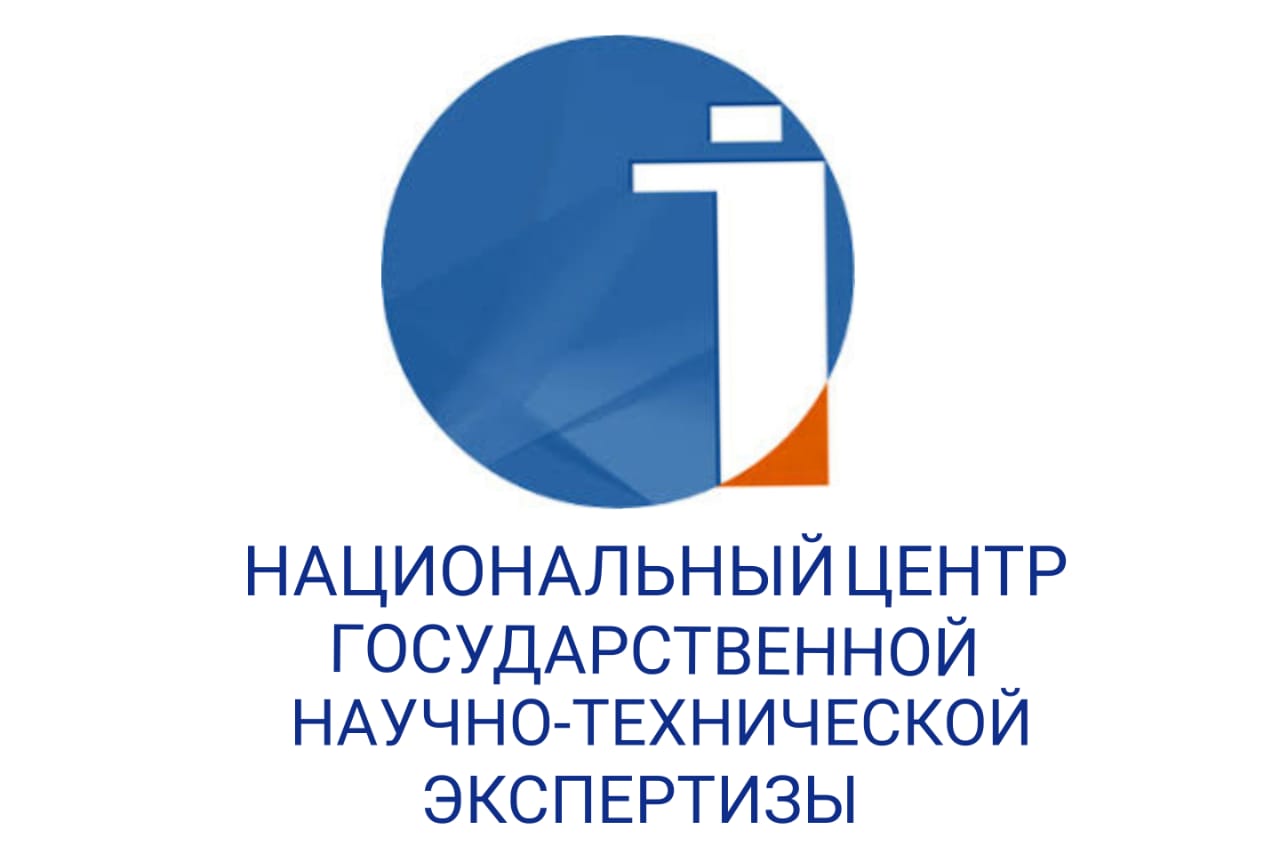COMMUNICATIVE-AXIOLOGICAL CATEGORY OF STRAIGHTNESS IN MEDIA DISCOURSE
DOI:
https://doi.org/10.48371/PHILS.2023.69.2.004Keywords:
straightness, appraisal, conceptual structure, online publications, communication, connotation, media discourse, media textAbstract
Consideration of the communicative-axiological category of straightforwardness in Kazakhstani media discourse is relevant, since it is truthful, sincere or even harsh statements that play an important role in the process of forming an idea of the development of freedom of speech in the media. The purpose of this study was a contextual and interpretative analysis of the category of straightforwardness in the Kazakh media discourse by assessing the axiological and communicative aspects of interaction with the readership. In this paper, attention is focused on the key concepts that form the conceptual field of straightforwardness within the framework of the Kazakh media discourse. An idea was formed about freedom of speech in Kazakhstan, priority areas for the development of media communication in the world and within the country. The characterization of the communicative and value parameters of communication was carried out through positive and negative semantic features close to the lexeme "straightforwardness" of synonymic series. Deconstruction and interpretation of axiological parameters was carried out by studying individual contextual fragments. The specificity of the use of linguistic means, explications and implications, figurative and metaphorical meanings was also assessed. The results obtained in the course of our own analysis were compared with the results of studying the media discourse of other researchers. The features of media and media-network discourse were considered, the main parameters of communication in them were compared.
Consideration of the peculiarities of the implementation of the communicative and axiological category of straightforwardness in the Kazakh media discourse has shown that it can be considered as ambivalent: both positive and negative evaluation, as well as realized with the help of explicit language means (certain vocabulary, expressions) with implicit inclusions (figurative and metaphorical transformations).
The results and conclusions obtained in the course of the study contribute to a closer acquaintance with the discursive features of the implementation of the category of straightforwardness in the multicultural community of Kazakhstan. The results and conclusions can be used in lecture courses on linguistics, stylistics of the Russian language, in special courses on the theory of discourse, pragmalinguistics and sociolinguistics. The significance of the research work is determined by the increased interest of modern linguistics in the study of discursive specificity of communicative values within the framework of linguoculturalism and intercultural communication.








